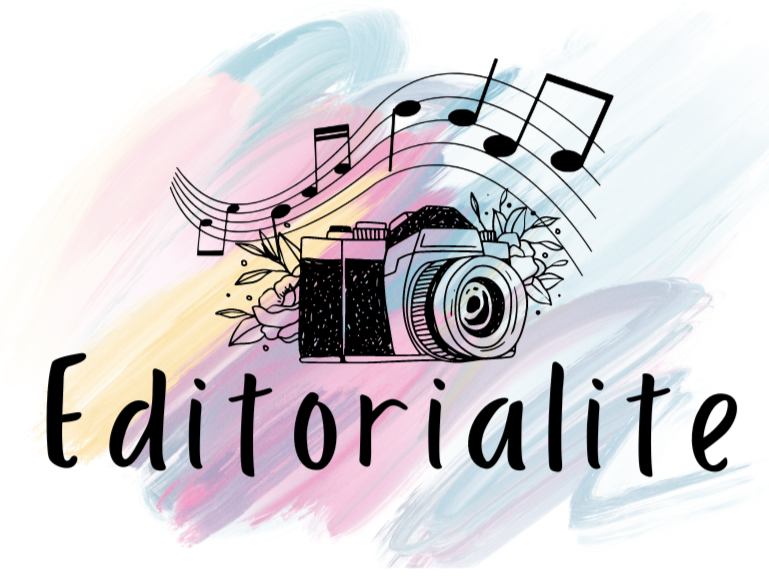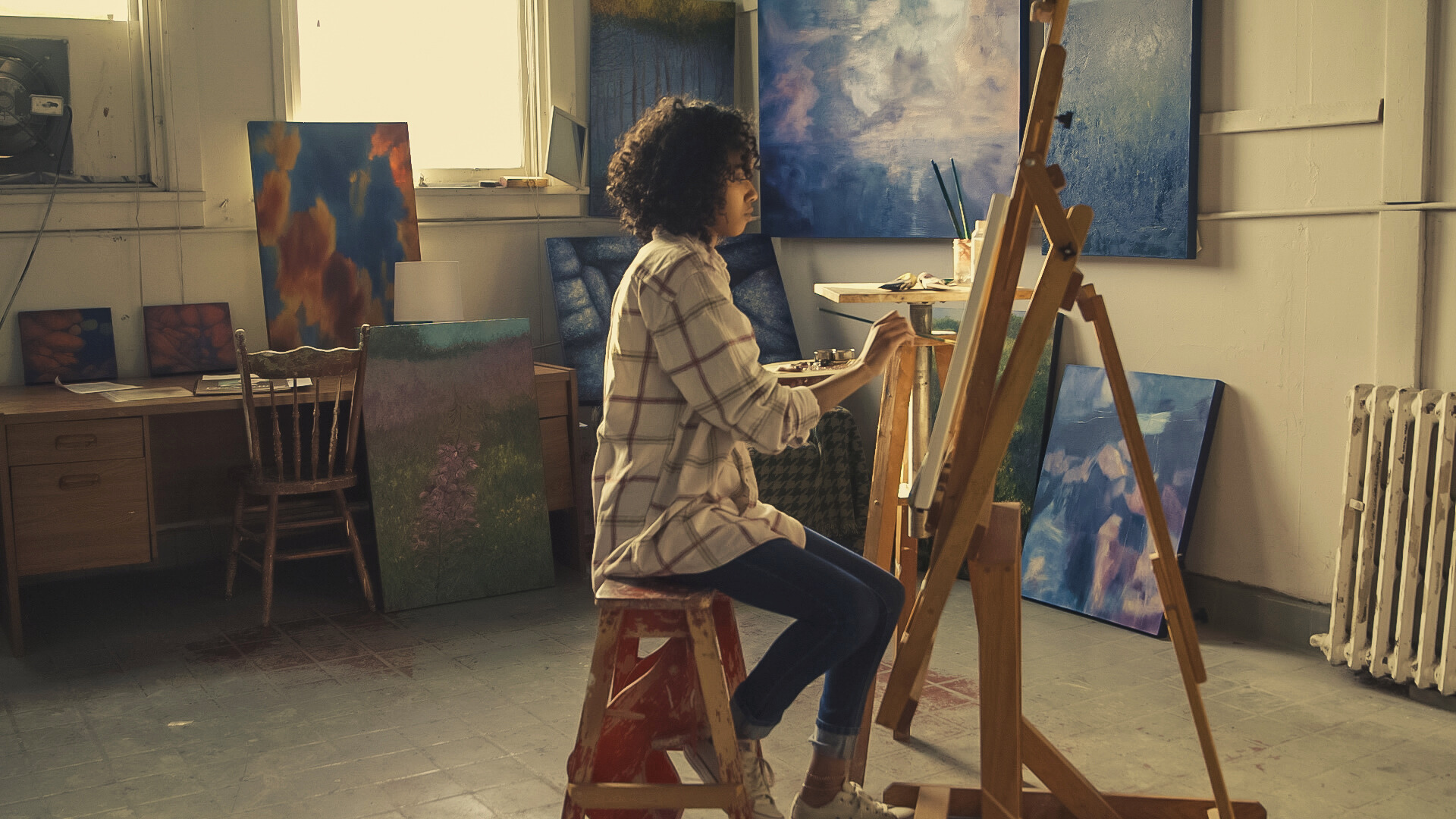Finding an individual art style is a journey that many artists embark on, often feeling overwhelmed by the sheer number of influences and techniques available. Exploring different mediums, techniques, and themes is essential in discovering a style that truly resonates with the artist’s vision. With a variety of sources for inspiration, every artist can uncover their unique voice in the vast realm of creativity.
Many artists start by experimenting with various forms and styles, from realism to abstract art. This exploration helps streamline personal preferences and establishes a clearer direction. Maintaining a sketchbook or portfolio to document progress and ideas can also be invaluable in tracking artistic development.
Understanding that finding one’s art style is an evolving process allows artists to embrace growth and change. By remaining open to new influences and continuously experimenting, they can better navigate their creative paths. This adaptability not only fosters personal expression but also enhances the overall artistic journey.
Understanding Art Styles
Art styles evolve over time, influenced by cultural, social, and technological changes. Exploring the key aspects of art history, the contrast between contemporary and classical styles, and the characteristics of popular art movements provides insight into how individual artists can find their unique expression.
History of Art Movements
Art history is marked by various movements that reflect societal values and challenges faced during their times. Each movement, from the classical traditions of Ancient Greece and Rome to the innovative realms of modern art, shaped artistic expressions.
- Renaissance: Focused on realism and the human form, artists like Leonardo da Vinci and Michelangelo emerged.
- Baroque: Characterized by dramatic lighting and grandeur, artists such as Caravaggio and Rembrandt excelled.
- Modern Art: Included movements like Impressionism, which broke away from tradition, favoring light and color, represented by artists like Monet and Renoir.
- Abstract Art: Emerged in the early 20th century, with artists such as Kandinsky and Mondrian paving the way for a new form of expression that prioritized color and form over representational accuracy.
Contemporary Art Versus Classical Styles
Contemporary art diverges significantly from classical styles. While classical art often emphasizes realism and technical skill, contemporary art embraces diverse forms and materials.
Characteristics of Contemporary Art:
- Focus on conceptual ideas rather than traditional techniques.
- Use of mixed media, installation, and performance art.
Contrasting with classical approaches, contemporary artists such as Damien Hirst and Banksy often challenge societal norms and engage in dialogues about culture, politics, and identity.
This fluidity in contemporary art allows for greater personal expression, encouraging each artist to cultivate their distinct style.
Popular Art Styles
Various popular art styles have defined artistic landscapes over centuries, each with unique characteristics.
- Realism: Captures everyday life with accuracy, as seen in the works of Gustave Courbet.
- Impressionism: Focuses on capturing light and movement, often through quick brush strokes, as exemplified by Claude Monet.
- Expressionism: Conveys emotion through exaggerated forms and colors, seen in the works of Edvard Munch.
- Pop Art: Challenges traditional boundaries by incorporating commercial imagery, as demonstrated by Andy Warhol.
Understanding these styles equips artists with the knowledge to explore their creative boundaries. Each style offers distinct advantages for developing a unique artistic voice.
Developing Your Artistic Skills
Skill development is essential for any artist aiming to uncover their unique style. Focusing on experimentation, consistent practice, and honing technical skills lays the foundation for creative growth.
Experimentation with Mediums and Techniques
Exploring different mediums and techniques can unlock new possibilities in art. Artists should experiment with a variety of materials such as acrylics, watercolors, charcoal, and digital platforms.
Trying diverse styles—like abstract, realism, or minimalism—can provide insights into personal preferences. Engaging in specific techniques, such as line art or layering, helps refine skills and broadens artistic vocabulary.
Regularly dedicating time to experimentation encourages spontaneity and innovation. Artists may discover unexpected combinations that resonate with their vision. Documenting these experiments can track progress and reveal patterns.
Importance of Art Practice
Regular art practice is vital for developing confidence and consistency. Setting aside dedicated time for creativity helps artists build discipline and improve skills over time.
Establishing a routine can involve sketching daily, taking on themed projects, or participating in challenges. Consistent practice reinforces knowledge of fundamentals such as color theory, anatomy, and figure drawing.
Artists should focus on both skill-building and self-expression during practice sessions. Engaging with a community, whether online or in-person, can provide feedback and support, enhancing motivation.
Technical Skill Development
Mastering technical skills is critical for effective artistic communication. Artists should focus on understanding form, perspective, and composition to convey their ideas accurately.
Studying anatomy and practicing figure drawing can elevate an artist’s ability to represent the human figure realistically. Regularly revisiting fundamentals strengthens the ability to execute complex concepts.
Incorporating exercises that challenge specific techniques, such as shading or color mixing, can lead to significant improvement. Seeking instructional resources, whether books or online tutorials, supports targeted skill enhancement and inspires growth.
Discovering Your Unique Style
Finding a distinctive art style requires analysis of influences, self-exploration, and a commitment to creativity. Understanding how favorite artists, subject matters, and personal aesthetics contribute can guide the development of a signature style.
Influence of Favorite Artists
Many artists draw inspiration from those they admire. Identifying favorite artists can reveal underlying preferences in style and technique.
- Analyze Techniques: Look at the brushwork, color palettes, and compositions used by these artists.
- Understand Themes: Consider the subjects that resonate with these influences. Are they figurative, abstract, or environmental?
- Adapt and Evolve: Rather than copying, think about how to integrate aspects of their work into one’s own practice.
This analysis serves as a foundation for building a unique art style that reflects personal aesthetics while acknowledging influences.
Exploring Subject Matters and Themes
An artist’s choice of subject matter is a vital part of their unique style. Exploring different themes can unlock deeper layers of creativity.
- Experimentation: Try various subjects like landscapes, portraits, or abstract forms to see what evokes strong emotions.
- Personal Relevance: Choose themes that resonate personally. This can infuse work with authenticity.
- Recurring Motifs: Identify patterns or motifs that naturally emerge in the artwork. These can become signature elements of a personal style.
Understanding what subjects inspire passion will help create a consistent artistic voice.
The Role of Personal Aesthetic and Creativity
Artistic style is a clear reflection of personal aesthetics and creativity. Every artist has a unique approach that shapes their work.
- Identify Aesthetics: Think about color preferences, forms, and elements that create harmony.
- Creative Exploration: Engage in projects that push boundaries and encourage innovation.
- Documentation: Keep a sketchbook or digital portfolio to track changes and developments. This process can clarify evolving styles.
Fostering a relationship with one’s personal aesthetic encourages the growth of a unique art style.
Evaluating and Advancing Your Style
Finding and refining an art style requires engagement with others and a commitment to personal growth. Both feedback and self-reflection play crucial roles in this process, guiding an artist toward a recognizable and authentic artistic voice.
Seeking Feedback and Engaging with the Art Community
Feedback is essential for artists striving to refine their style. Engaging in critique sessions, whether online or in person, allows artists to see their work from different perspectives. Platforms like social media, art forums, and local workshops offer valuable opportunities for artists to share their work with a wider audience.
Constructive criticism can highlight strengths and areas for improvement. It’s beneficial for artists to approach feedback with an open mind. Joining art clubs or attending galleries can foster connections with fellow artists, building a supportive community that encourages growth.
Patience and Perseverance on Your Art Journey
Artistic development is a gradual process. Artists must practice patience as they navigate challenges and setbacks. Understanding that mastery takes time helps in maintaining motivation.
Perseverance is key. Artists may encounter frustrations, but pushing through these obstacles leads to improvement. Keeping a sketchbook or daily practice can be an effective strategy to stay engaged. Celebrating small victories can also nurture a positive mindset.
Recognizing and Evolving Your Artistic Voice
An artist’s voice evolves through exploration and experimentation. This journey involves recognizing personal preferences and influences. Artists should actively try different mediums, styles, and subjects to discover what resonates with them.
Identifying a unique artistic voice is fundamental for creating distinctive work. Artists can benefit from reflecting on past works to determine consistent themes or techniques. Allowing flexibility in creative expression can lead to unexpected breakthroughs and growth in their art style.

